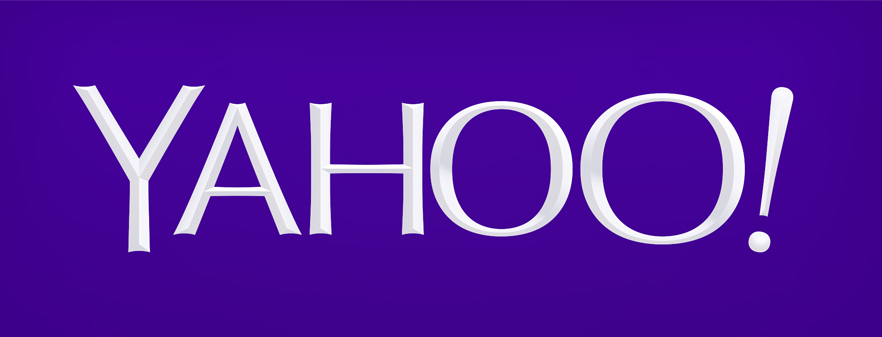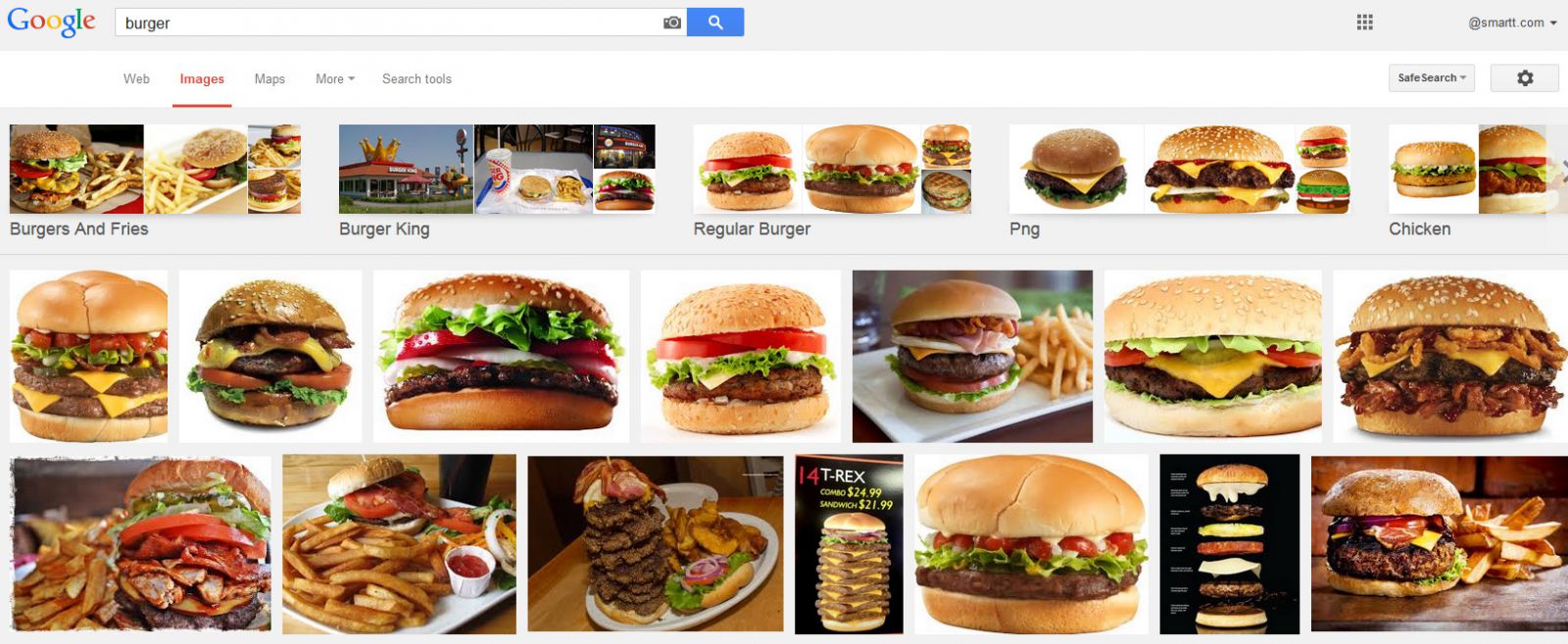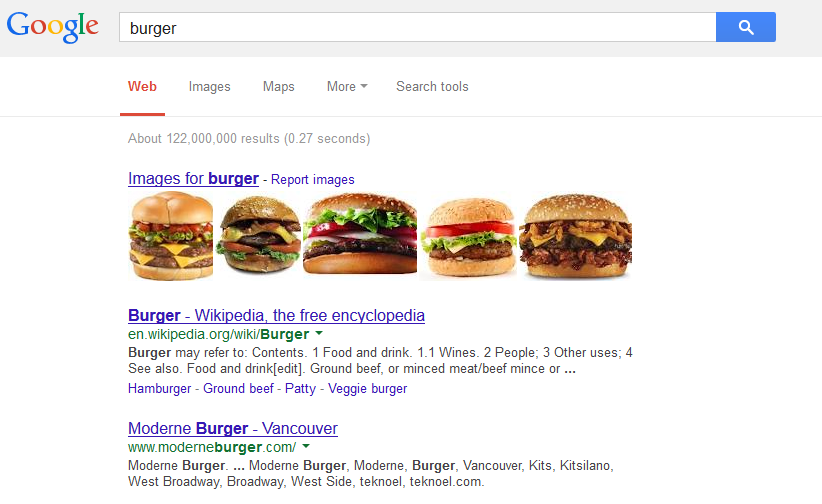Yahoo Search Experiment & What It Could Mean for SEO

Some Yahoo users might have noticed some change with the layout of Yahoo’s search result page last Tuesday as the company was experimenting the display of large images on the side of the usual search results. The experiment was spotted by the All Google Testing blog, which usually specializes in finding and analyzing the user interface test made by Google.
You can see a screenshot of the experiment, courtesy of Search Engine Land:

All Google Testing has also published a video of the experiment in action:
If this gets implemented and makes its way to Google and Bing, this could have a major impact on the way we use images online and how we optimize them for search engine, we will see why in the next section.
Implications
If the practice of displaying images on the side of search results becomes popular, marketers and SEO specialists might have to tweak their practices when it comes to images.
The following recommendation are already valid and should be followed, but will become even more important if this new type of search result user interface gets implemented:
-
Optimize the image content for search results
Images are currently displayed in 2 ways in search results:
- On the image section of search results, as seen below:

- Included in the general search results, as seen below:
Because your images are going to compete against a lot of other images, and because people usually skim through the images page until their attention is drawn towards one image that meets their needs, the following practices should be kept in mind:
- Compress & optimize your images using services such as GIMP, as Google recommends, without compromising (too much) on the quality or the size
- Make your images eye-catching. Certain colors get more attention and engagement (e.g. Gizmodo’s article “Five Ways to Get More Instagram Likes” suggest that images with a blue prominent main color get 24% more attention)
-
Optimize the image alt tags and name for search results
Optimizing the alt tags and name of images has always been part of the SEO best practices, but we might need to adapt to the way people search nowadays.
Google has revealed its new search algorithm Hummingbird last September to adapt to the people’s change in behavior when it comes to search. By shifting away from keywords-based queries to sentences or conversation based queries, Google’s intent is to provide search results that match the meaning of the query.
This means that images alt tags and names should also use conversational description or sentences instead of keywords only. This will ensure better chances of ranking higher in search results, and eventually make it to the general search results page where only the top 5 images are displayed.Limitations
As of right now, there is no need to enter crisis mode and work days-and-nights to modify your images' alt tags and names. This is currently only an experiment and it may never get implemented. And even if Yahoo were to use this new user interface starting tomorrow, its search engine’s market share only accounted for 11.3% of the U.S. searches last September, as the comScore press release outlines.
Perspectives
It will be interesting to see if Yahoo pursues this user interface concept, and if Google and Bing start experimenting their own variations. As this topic can possibly have quite an impact on the way we use images online, we will keep you updated on any news. In the meantime, share your opinion on this experiment in the comment section below, or on our Facebook and Twitter pages.



